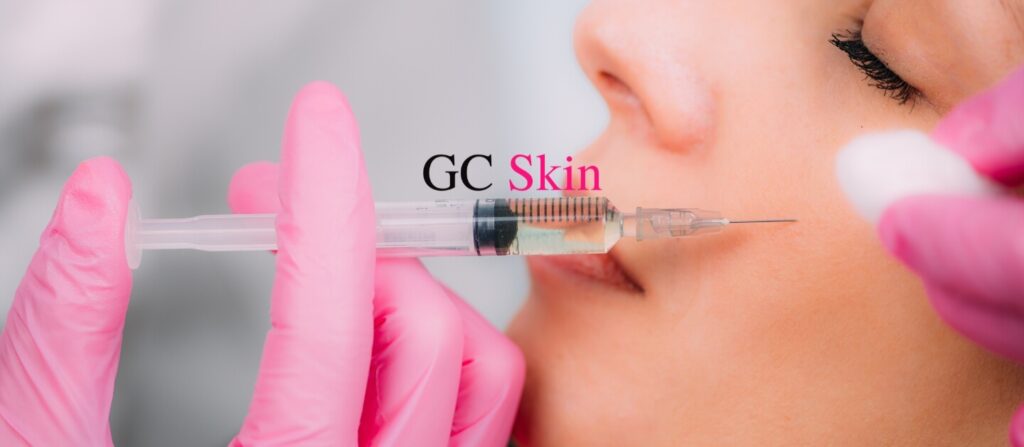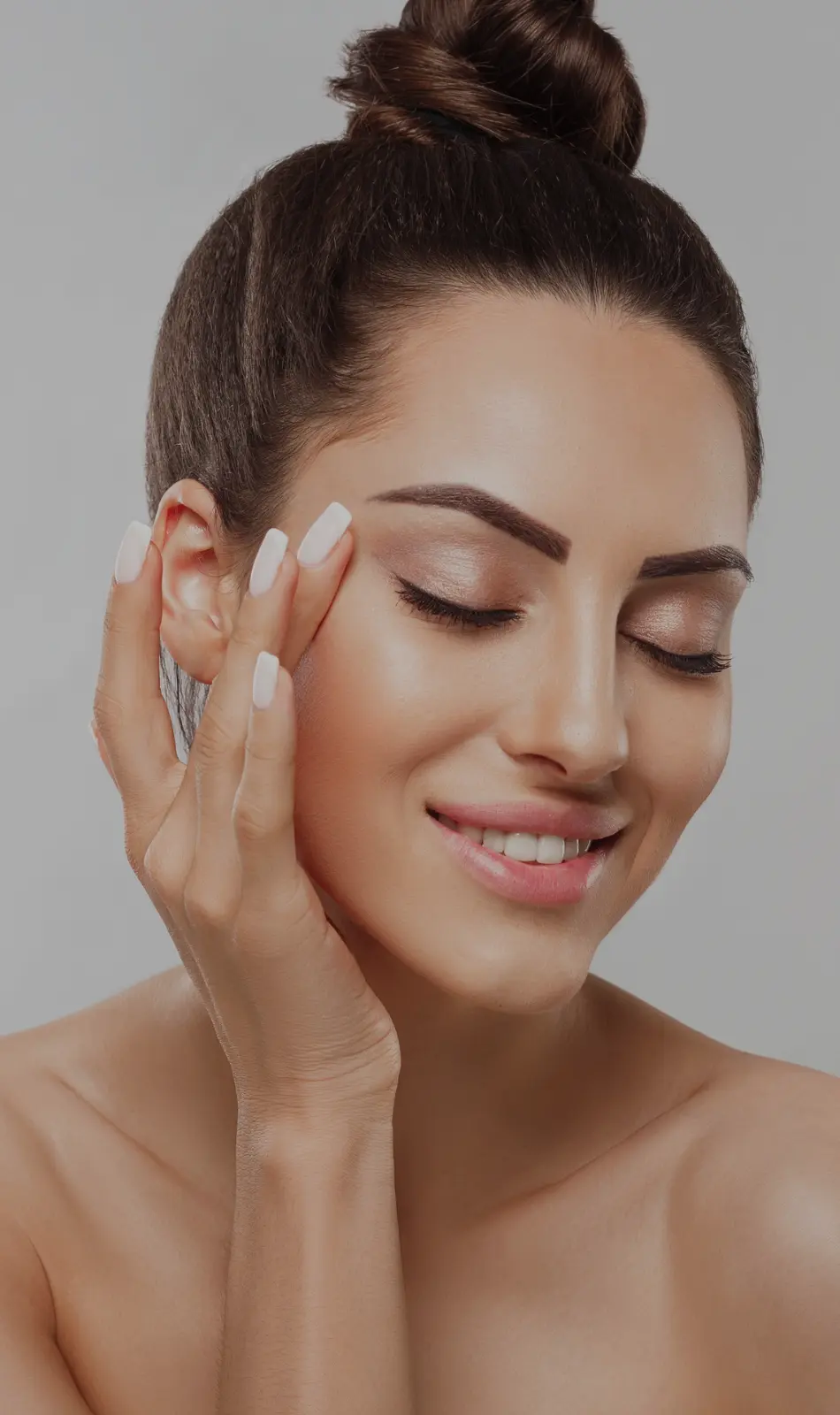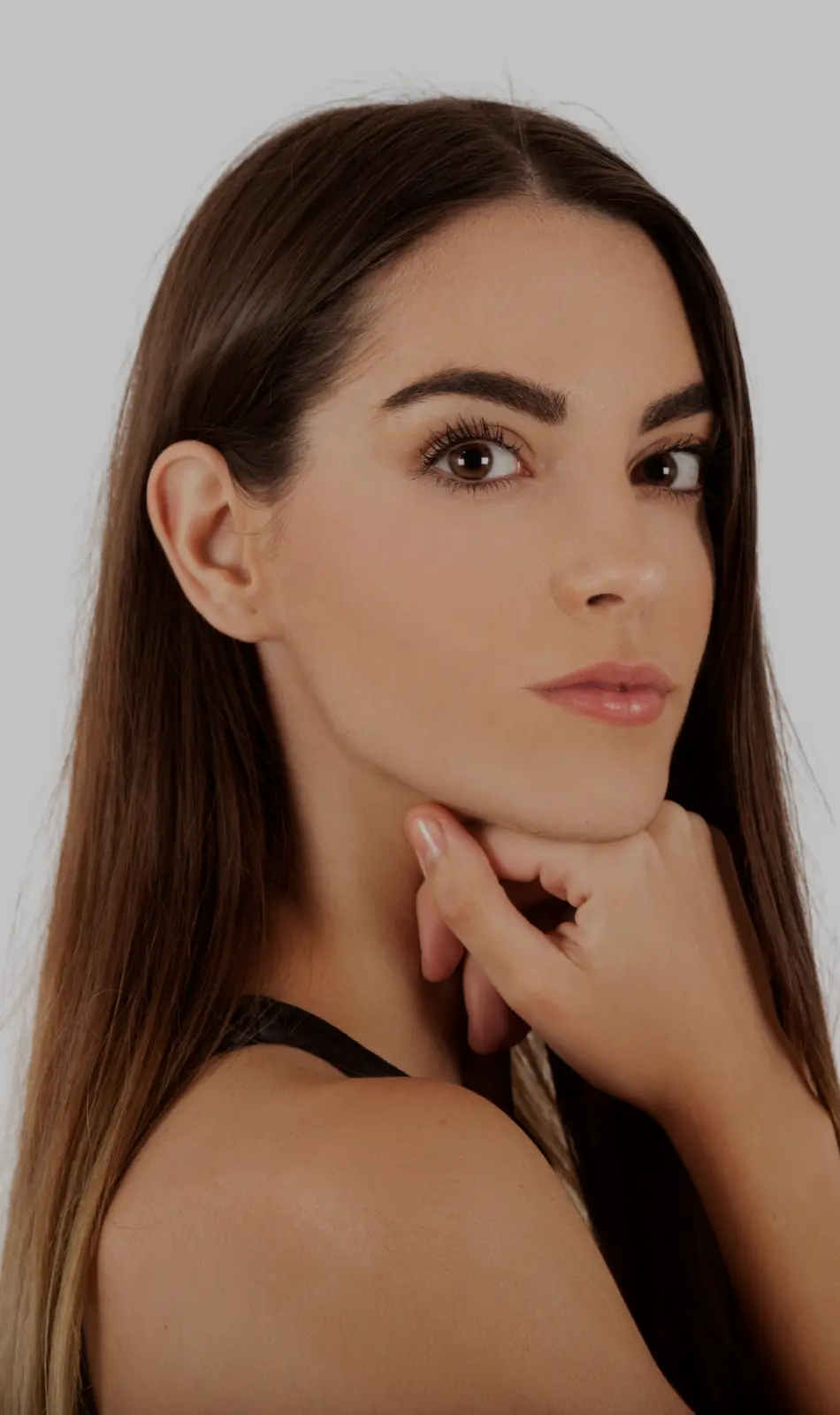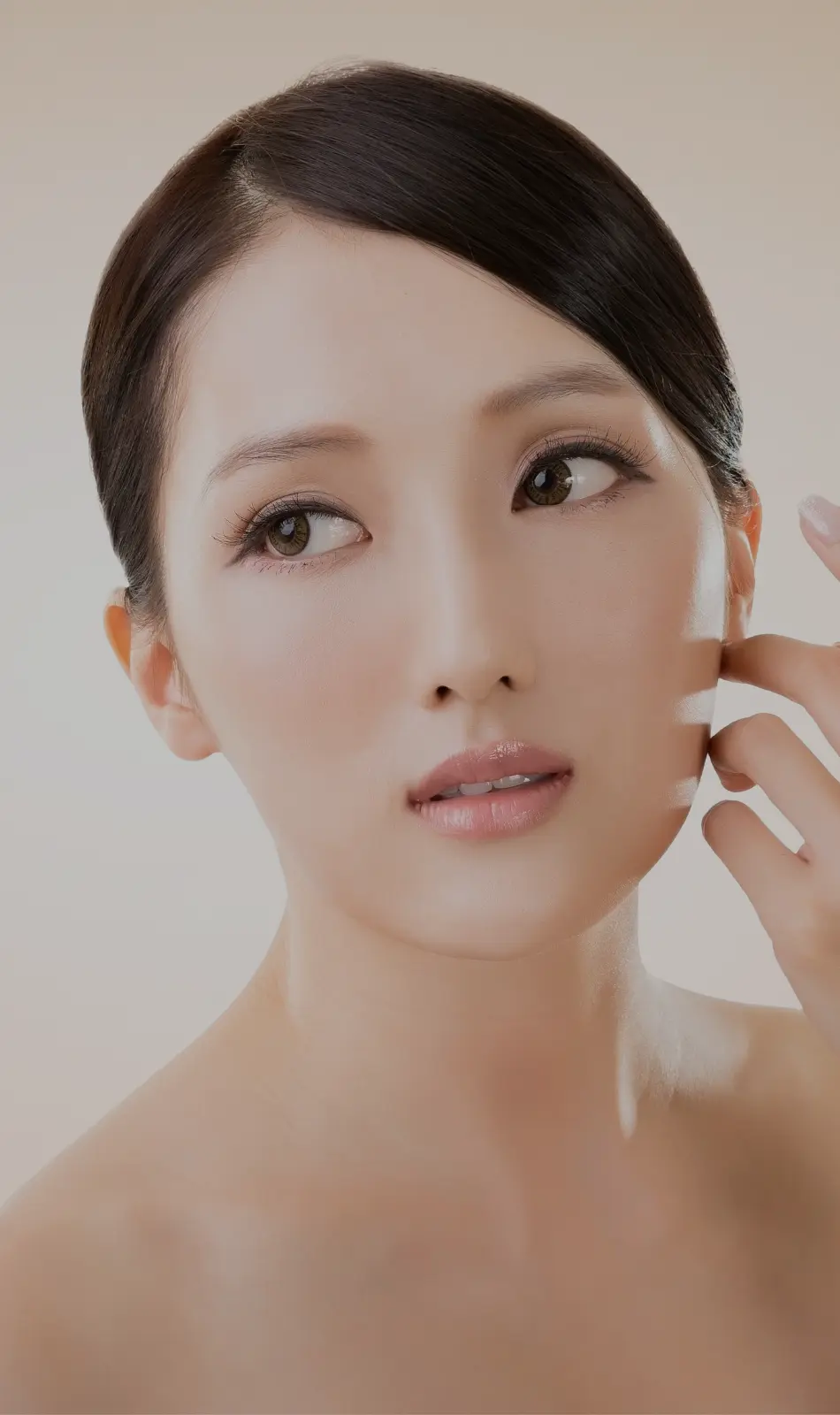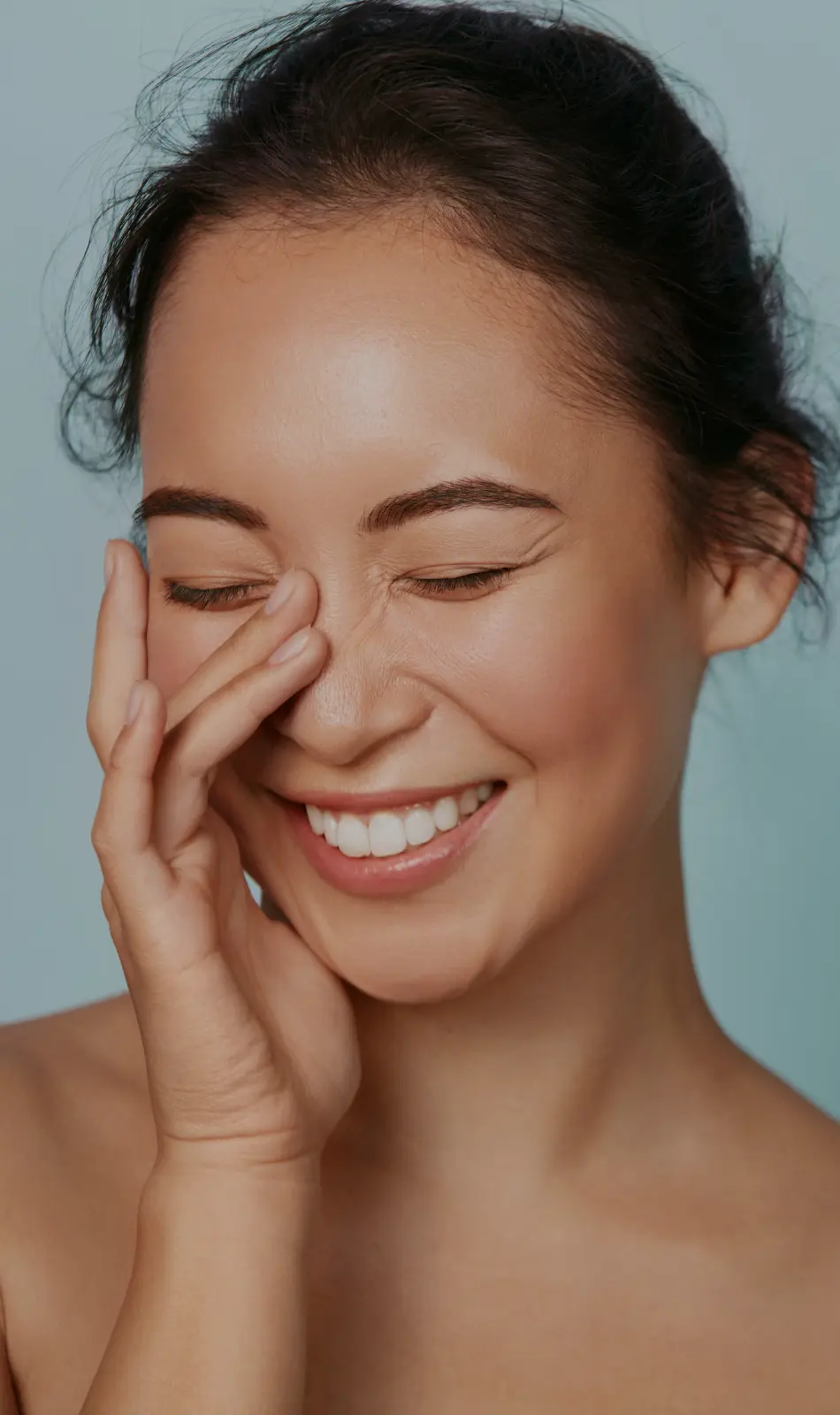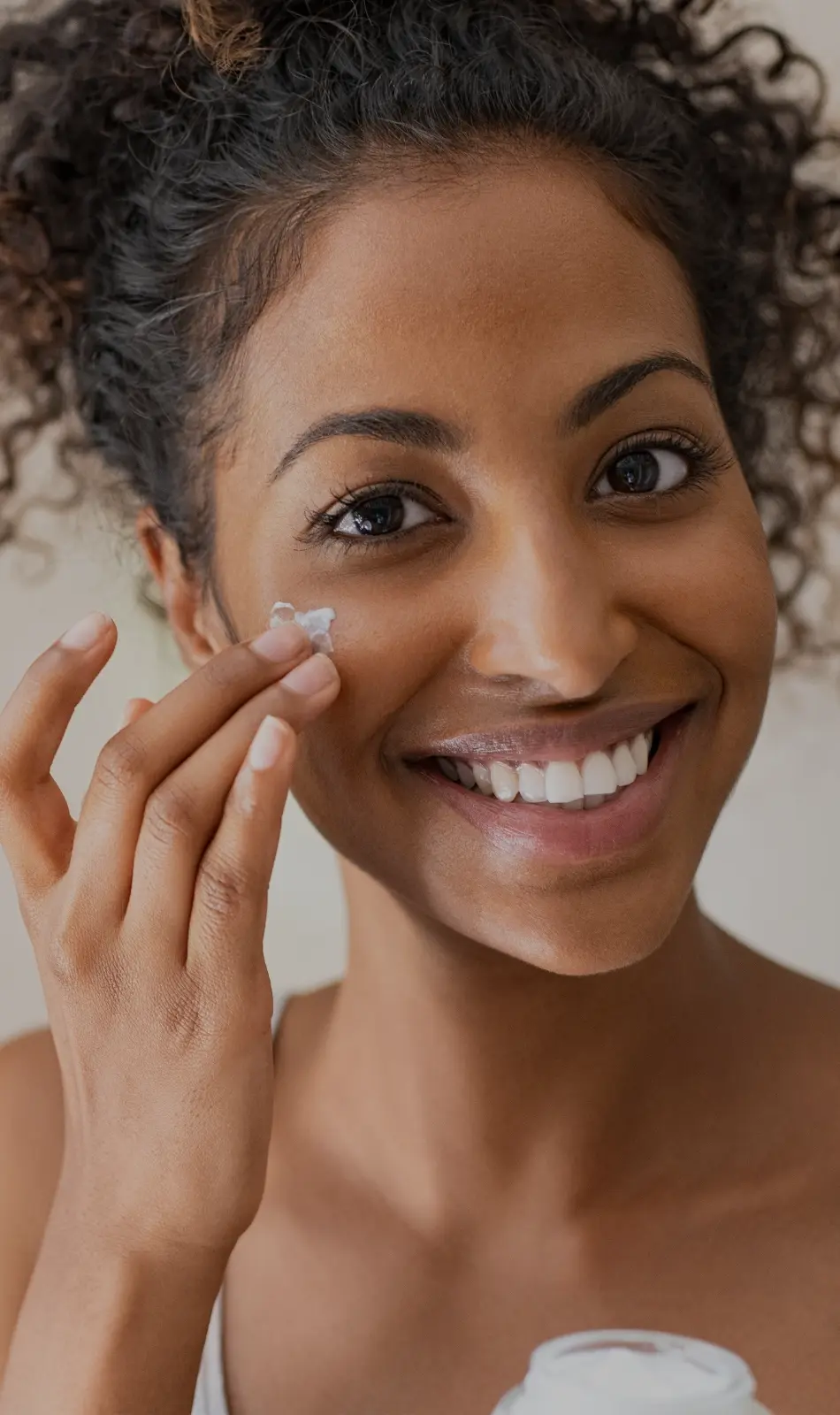As a practitioner of dermal filler injections, it is essential to have a thorough understanding of facial anatomy and the patterns of change in the aging face in order to safely obtain natural-looking results. Before injecting any filler, I always consider the patient’s aesthetic goal, anesthesia, the type and location of injection, possible complications, the volume of product to be injected, and the instrument to be used for injection.
When it comes to anesthesia, some dermal filler products contain lidocaine to help with patient comfort during the filling process. If additional anesthesia is needed, I typically apply a topical cream or gel such as compounded benzocaine-lidocaine-tetracaine or lidocaine-prilocaine.
In case any undesirable nodules or asymmetries occur post-injection, I use small doses of hyaluronidase to dissolve the filler. It is also helpful to use hyaluronidase to treat vascular occlusion resulting from intra-arterial injection. If there is any true vision loss, I recommend retrobulbar injection of hyaluronidase, despite some controversy over this method.
As with any injection, side effects may include pain, redness, hematoma, and swelling, but these are usually minor and can be treated with ice and compression.
It’s important to note that allergic reactions to HA filler additives, such as the cross-linker BDDE or lidocaine, are possible. Therefore, it’s crucial to remove any residual active stabilizer from the product after the cross-linking process, and to be mindful of the amount of cross-linking in order to avoid any biocompatibility issues.
Finally, delayed reactions may occur, such as the formation of foreign body granulomas, delayed onset swelling, or biofilms. In these cases, after attempting to dissolve the product, treatment may include antibiotics, oral or intralesional steroids, or 5-fluorouracil depending on the patient’s response.



